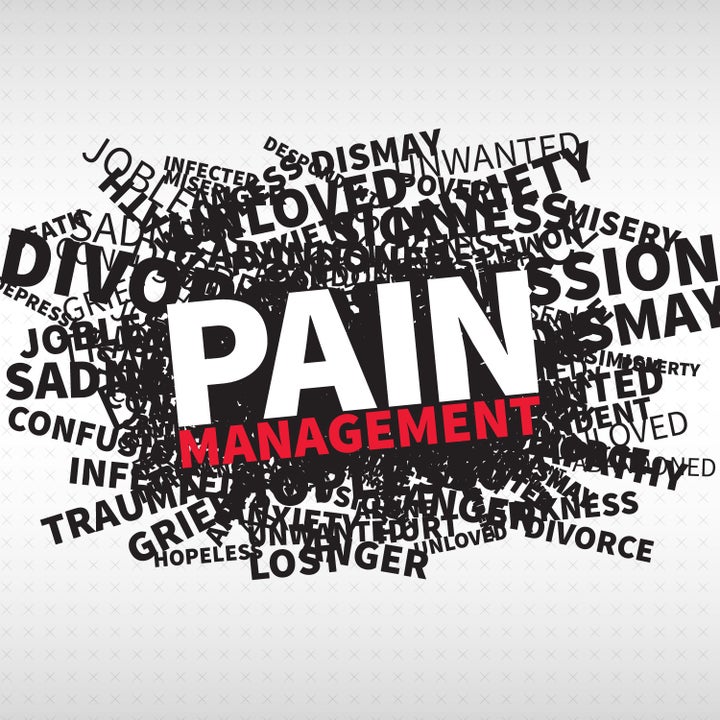
Over the past 60 years we have watched the “death of the absolute” in pain management. This has led to more flexibility in moral and ethical values, but also more ambiguity in behavioral guidelines and standards. One of the many places where lack of the absolute is evident is in determining the proper dose of pain medication.
As a pain management specialist, I am faced almost daily with trying to determine the appropriate pain management for patients. What dosage of pain medication should I prescribe for pain relief? How much weight should be placed on a physical exam, X-rays, MRIs and lab results, and how much weight given to a patient’s history? Like every ethical pain management physician, I rely on my training, experience and judgment to address each patient’s unique medical situation.
What standards should a physician use to determine how much is too much medicine or too little? Do bureaucrats know more about appropriate medication than doctors? This whole process relies on an educated guess by the physician within the frames of their training, experience and comfort zone to determine where to draw the line.
Pain is a highly subjective symptom. There is no pain-o-meter or instrument to objectively measure pain. Also, just to confuse matters further, there is all too frequently no relationship between reported pain levels and observable pathology. Thus, we have a problem in merely assessing how much pain a patient has, much less what medications to use.
Additionally, how big a role should the patient’s reported response to a medication play in determining dosage? Traditionally, physicians have been regarded as knowing what is best for their patients and thus entitles to make decisions on their behalf. This is by virtue of their training and clinical experience.
Contemporary health care ethics have muddied the water. Many people believe that contemporary thought supports the wrestling of that authority from physicians and much of contemporary wisdom has vested it in patients. How much does this attitude apply to pain management and should it even apply?
Coward et. al. wrote that two forces have been influential in bringing about this apparent shift in attitude. One is the recognition that clinical decisions are as much about values as they are about matters of fact. Even if physicians are “experts” with respect to the facts, they are not with respect to their patients’ values. Thinking that they are commits what has been called the “fallacy of the generalization of expertise.”
We have a further confounding factor because different people feel similar pain differently. While I only attended at 50 births in my training, the responses of the women as they delivered went from peaceful bliss to painful screaming and everything in between. Now some of this may be due to different levels of pain, but it also has a cultural component.
Coward et.al. addresses these differences as one of differing values. They go on to say that because patients know their own values best, they are in the best position to determine what decisions accord with their values. If that is true at all how does it relate to pain management? The other force is the appreciation that it is the patients, not doctors, who live with the consequences of clinical decisions. “Whatever decision is made affects the patient most directly, most intimate y, and most profoundly. For that reason as well decision making should be the responsibility of the patient.” Now that is quite a radical point of view to many, but it is one that many physicians should take a closer look at.
The legal manifestation of this shift is the emergence of the doctrine of informed consent. The philosophical manifestation is the rejection of physician paternalism and the establishment of patient autonomy or patient self-determination.
It may not apply or maybe only partially applies to pain management, but if the above analysis is credible, then when it comes to pain management the physician is assaulted on all sides. Critics claim that doctors listen too little to the patient or the doctor is listening too much to the patient. One moment physicians don’t prescribe enough medication, the next moment they prescribe too much.
The patients that I see have serious medical problems, including; hemi-paretic patients, diabetics with neuropathic pain, a veteran with shrapnel in the brain, parapetic patients, migraine patients and people with chronic pain from MS.
Each patient is different, has a different history and different variables affecting their pain and different perceptions of pain. Different doctors are quite likely to make different judgments as to the appropriate way to treat the patient. Some may end up under prescribing, some may end up over prescribing, and some doctors may get it just right.
The problem is that what is “correct” is highly subjective. The unique problems treating pain can be manipulated for criminal intent. It is clear, however, a one-size-fits-all approach doesn’t carry the gray areas of medicine.